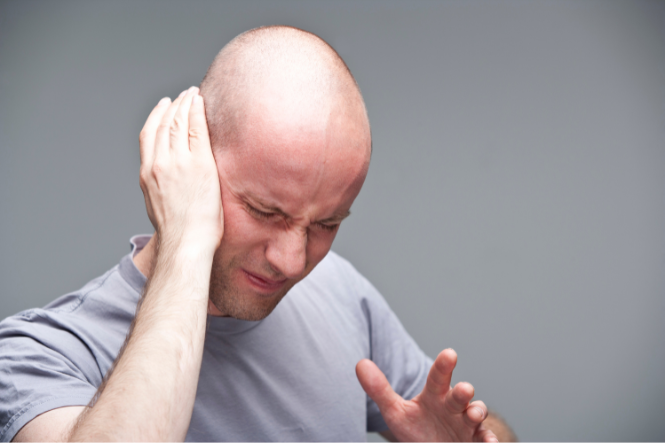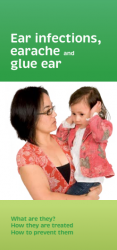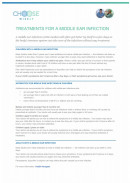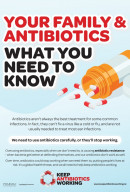A middle ear infection is when bacteria or viruses travel from the back of your nose up the eustachian tube. The pressure of the pus can cause the eardrum to burst and pus to leak out, called otorrhoea (runny ear).
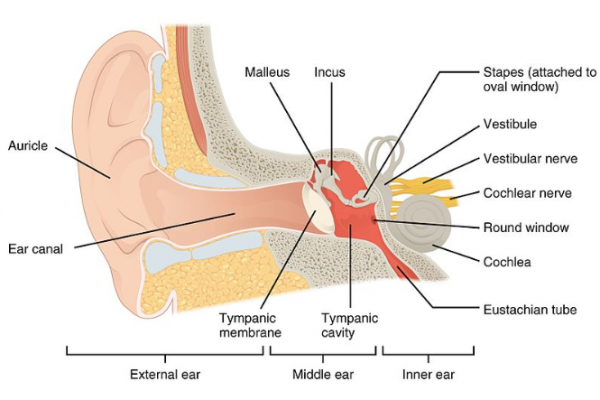
Image credit: OpenStax via Wikimedia Commons(external link)
Sometimes, the fluid stays in the middle ear after the infection has gone. This is called ‘glue ear’. Read about glue ear.(external link)
Some people get ear infections repeatedly, and this can cause hearing problems and other serious complications if not treated.


